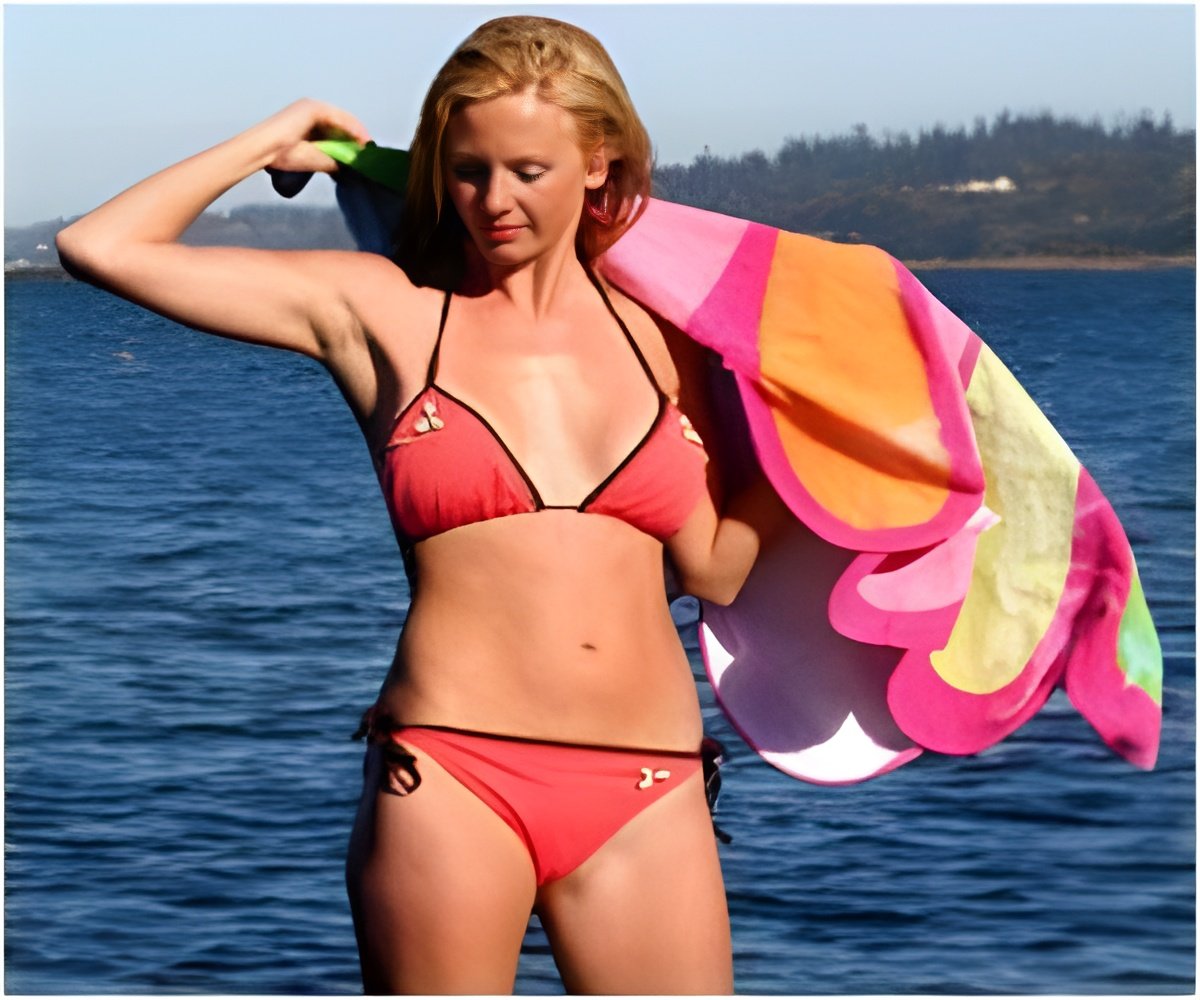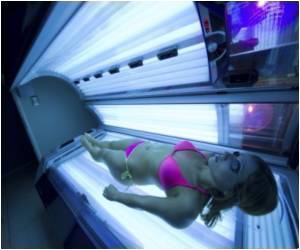Suntelligence - Truth about tanning has been revealed.

The poll covered more than 7,000 adults nationwide to determine their knowledge, attitudes and behaviours toward tanning, sun protection and skin cancer detection.
Myth: Some types of ultraviolet (UV) rays are safe for your skin.
The survey found that only about one-third (35 percent) of respondents correctly answered false to this question.
Fact: Sunlight consists of two types of harmful rays: ultraviolet A (UVA) rays and ultraviolet B (UVB) rays. UVA rays (which pass through window glass) penetrate deeper into the thickest layer of the skin known as the dermis. UVA rays can cause suppression of the immune system, which interferes with the immune system's ability to protect a person against the development and spread of skin cancer. UVB rays are the sun's burning rays (which are blocked by window glass) and are the primary cause of sunburn.
"Quite simply, all forms of UV exposure, whether from natural sunlight or artificial light sources found in tanning beds, are unsafe and are the No. 1 preventable risk factor for skin cancer," said Dr. Draelos.
Advertisement
Only 48 percent of respondents knew this statement was false.
Advertisement
"A base does very little to protect your skin, and since tanning damages the skin, getting a base tan could do more harm than good." said Dr. Draelos. "The only way to prevent sunburn is to protect your skin through using sunscreen, wearing protective clothing and seeking shade."
Myth: It is smarter to tan indoors using a tanning bed.
More than half (63 percent) of respondents knew that this statement was false.
Fact: The United States Department of Health and Human Services and the International Agency of Research on Cancer panel has declared UV radiation from the sun and artificial light sources, such as tanning beds and sun lamps, as a known carcinogen. Indoor tanning equipment, which includes all artificial light sources, emits UVA and UVB radiation. It has been shown that the amount of the radiation produced during indoor tanning is similar to the sun, and in some cases might be stronger.
"Despite claims by those in the tanning industry that UVA rays used in indoor tanning are safer because they do not cause sunburn, scientific evidence proves that this claim is untrue," said Dr. Draelos. "UVA rays cause deeper skin damage and are linked to melanoma, the most serious form of skin cancer. In fact, studies show that melanoma is increasing faster in females 15-29 years old than males in the same age group. And in females 15-29, the torso is the most common location for developing melanoma, which we suspect is due to high-risk tanning behaviors - including indoor tanning."
Myth: A sunscreen with a Sun Protection Factor (SPF) 30 provides twice the protection as an SPF 15.
Only 21 percent of respondents knew this statement was not true.
Fact: Contrary to popular belief, UVB protection from the sun's burning rays does not actually increase proportionately with a designated SPF number. For example, an SPF of 30 screens 97 percent of UVB rays, whereas an SPF of 15 screens 93 percent of UVB rays, and an SPF of 2 screens 50 percent of UVB rays.
Dr. Draelos also noted that inadequate application of sunscreen may result in a lower SPF than the product contains.
"Regardless of the SPF you use, wearing sunscreen should not provide a false sense of security about protection from UVB exposure," said Dr. Draelos. "No sunscreen can provide 100 percent UVB protection, but using a higher SPF provides greater UVB protection than a lower SPF. It's important to remember sunscreen must be reapplied regularly and be part of an overall sun-protection plan that includes hats, sunglasses, protective clothing and seeking shade."
Source-ANI
TAN









